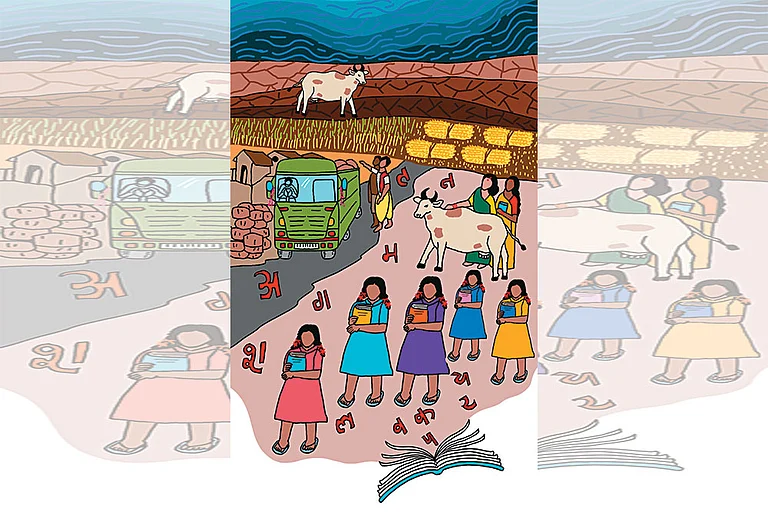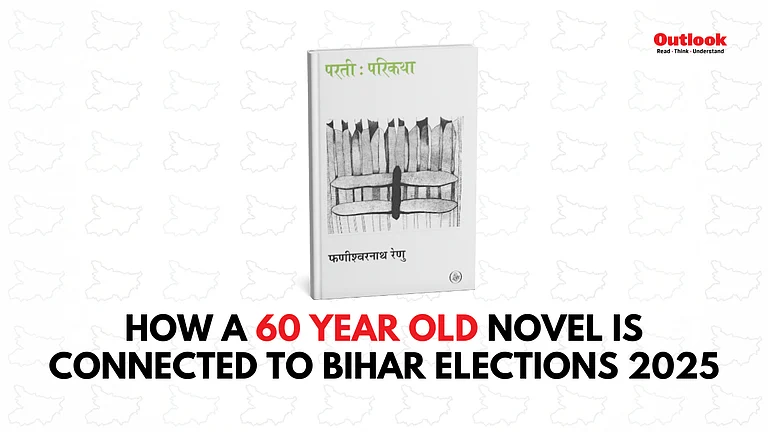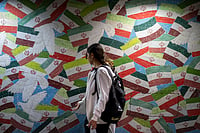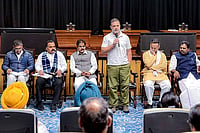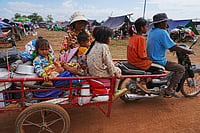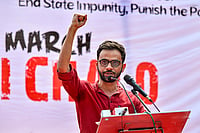
Despite women outnumbering men in voter turnout in the last three Assembly elections, their representation in the House remains low, highlighting a persistent gap between participation and power.
This underrepresentation continues as major parties field few women, often preferring defectors and incumbent MLAs over grassroots women leaders.
Nitish Kumar’s women-centric welfare model has built a strong female voter base, prompting his rival Tejashwi Yadav to expand his outreach ahead of the polls.
Despite women consistently outnumbering men at Bihar polling booths in recent elections, their presence in the state’s electoral fray and the State Assembly has remained disproportionately low. A review of the last five Assembly polls shows only modest progress in women’s political representation.
When Bihar went to the polls in February 2005, the first Assembly election after Jharkhand’s separation, 234 women contested and 24 won seats. A second election that October saw fewer women candidates, with only 138 contesting, although 25 were elected. The trend shifted by 2010, when the Assembly saw a notable increase in the number of women legislators, rising to 34. Of the 307 women who ran that year, 22 belonged to the Janata Dal (United) (JD(U)), 11 to the Bharatiya Janata Party (BJP), and one was an Independent.
The 2015 polls saw fewer women contestants and winners: 273 women were fielded, with only 28 securing seats. Of the 10 women each nominated by JD(U) and RJD, all RJD and nine JD(U) candidates won. The BJP fielded 14 women, of whom four won, while Congress had four of its five women candidates elected, the best strike rate that year.
Women's representation declined in 2020, despite more women contesting. Of the 370 candidates, only 26 were elected, reflecting the persistence of these barriers. The BJP named 13 women and JD(U) 22; nine BJP and six JD(U) candidates won. The lone women put forward by VIP and Hindustani Awam Morcha (Secular) both emerged victorious.
This outcome was mirrored among opposition parties. The RJD nominated 16 women and Congress seven. Seven RJD nominees and two from Congress were elected. Women candidates from Lok Janshakti Party (undivided), Upendra Kushwaha’s Rashtriya Lok Samta Party (now RLM), BSP, AIMIM and JMM failed to win.
What Political Parties are doing in the Bihar Election 2025
Ahead of next month’s polls, the National Democratic Alliance (NDA) has given tickets to 34 women, while the Mahagathbandhan has nominated 30. Within the NDA, the Bharatiya Janata Party (BJP) and Janata Dal (United) [JD(U)] have allotted 13 tickets each to women. Chirag Paswan’s Lok Janshakti Party (Ram Vilas) [LJP (Ram Vilas)] has named five women, Hindustani Awam Morcha (Secular) [HAM(S)] has named two, and the Rashtriya Lok Morcha (RLM) has named one.
The opposition has seen a similar distribution. RJD announced 24 women candidates, though the nomination of Shweta Suman from Mohania in Kaimur was rejected. Congress has fielded five women, while CPI (ML) Liberation and VIP have one each. BSP, contesting 130 seats, has allocated 26 to women, and Jan Suraaj has given 25 tickets to women.
The significance of women voters in Bihar is clear in their high turnout. Women have consistently voted in larger numbers than men in the last three Assembly elections. In 2020, women’s turnout was 59.69 per cent, compared to 54.45 per cent for men. The gap grew wider in 2015, when 60.48 per cent of women voted, compared to 53.32 per cent of men. In 2010, women’s turnout was 54.49 per cent, while men’s was 51.12 per cent. This has shaped Bihar’s welfare priorities. Over nearly two decades in office, Chief Minister Nitish Kumar has rolled out initiatives targeted at women, including 50 per cent reservation for women in panchayats, the cycle scheme for schoolgirls, and Prohibition. Support networks such as self-help groups, now numbering around 11 lakh, and the Jeevika programme with 1.4 crore members, have further strengthened his women-centric constituency.
To counter Kumar’s vote bank, RJD leader Tejashwi Yadav has intensified his outreach to women, particularly Jeevika workers, members of the Bihar Rural Livelihoods Project. This month, he promised a two-year interest-free loan for these women. He has also announced the MAA (Makaan, Anna, Aamdani) and BETI (Benefit, Education, Training, Income) schemes, building on the Mahagathbandhan’s earlier Mai Bahin Maan Yojna, which pledges monthly financial support of ₹2,500 to economically vulnerable women.
As Dr Ashwani Kumar, a TISS professor, political analyst and policy researcher, observes, "Bihar’s women voters today embody the paradoxes of modern democracy. Their rise reflects both the empowering logic of welfare and the continuing resilience of patriarchal political structures. The restoration of law and order, the expansion of roads, the collectivising force of Jeevika, and the gendered design of welfare have together shaped a new public woman—confident, mobile, pragmatic, and politically consequential."







